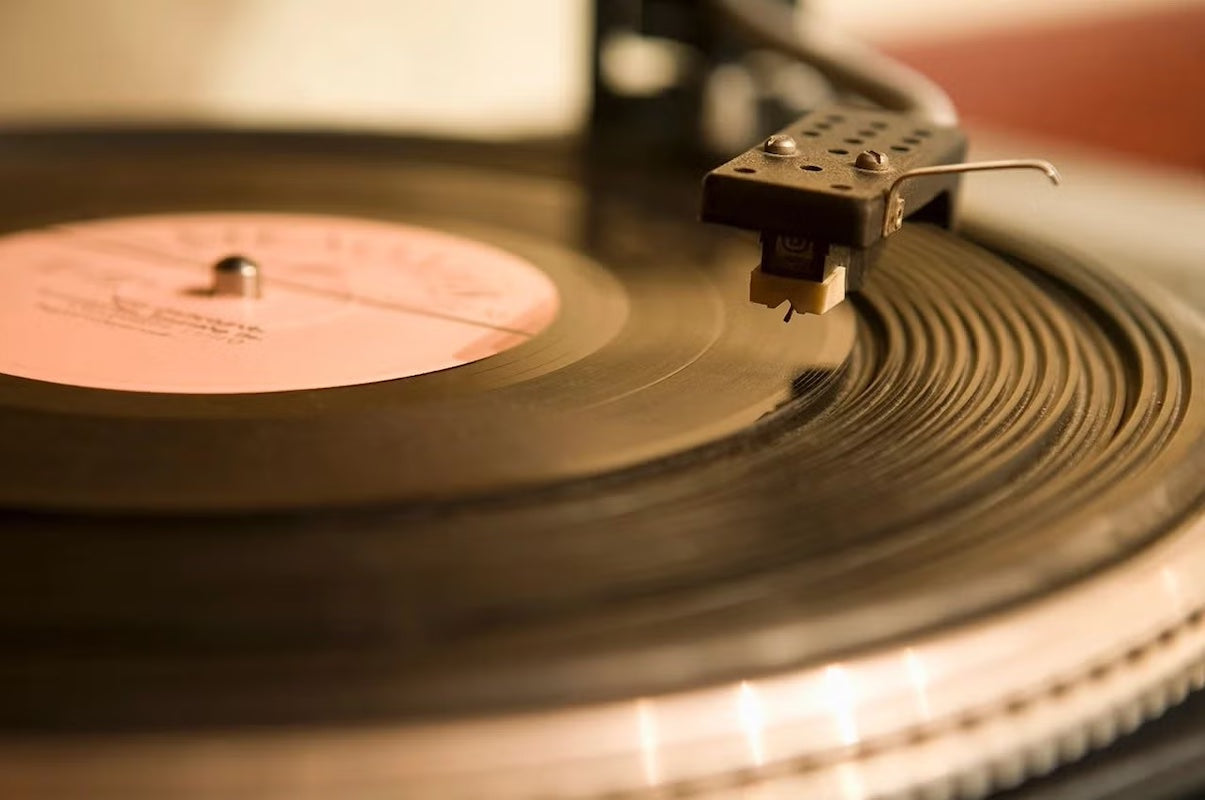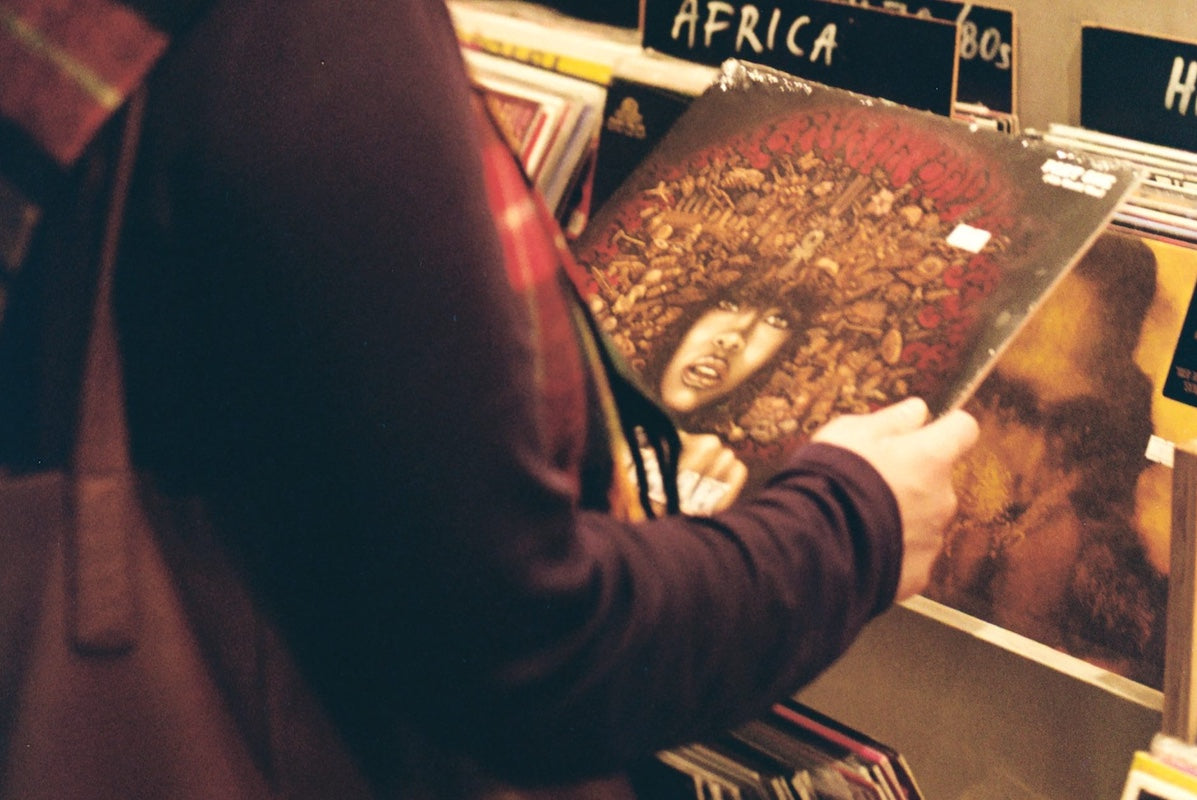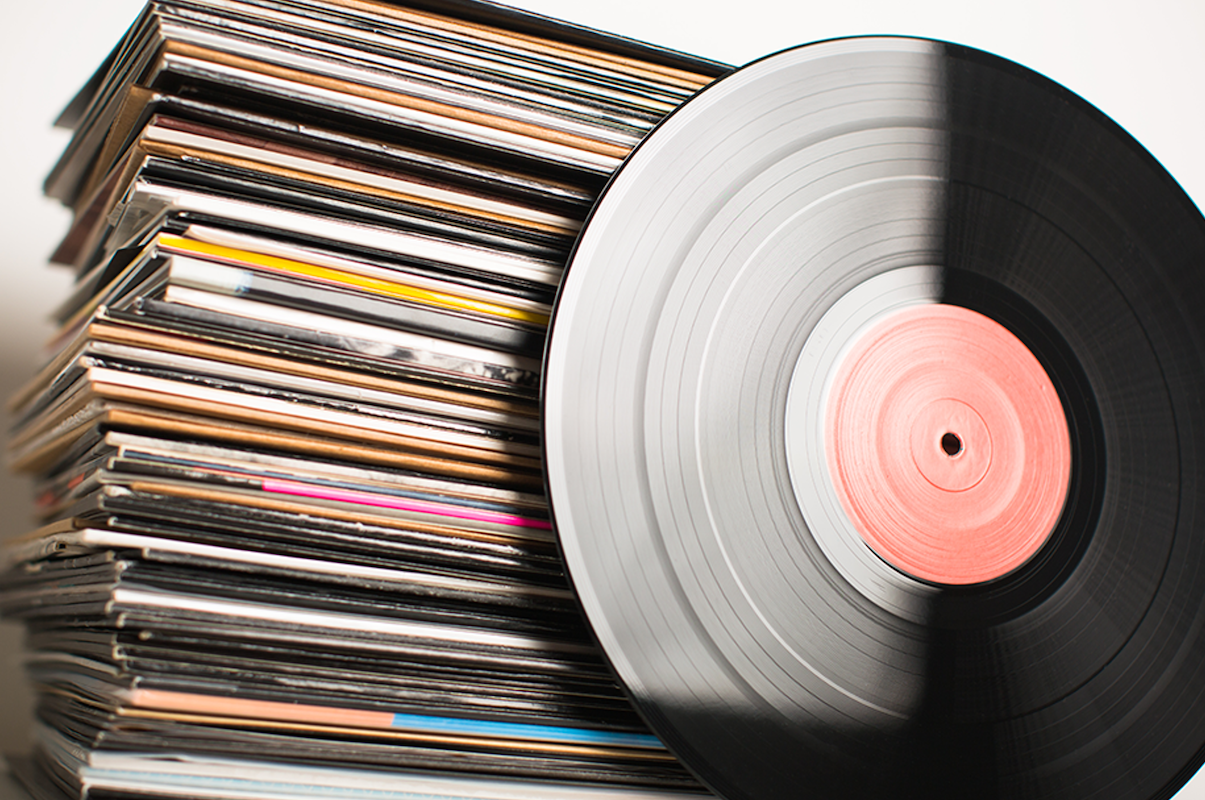In an era where music is streamed with a tap, the vinyl record remains one of the few formats that invites listeners to slow down. It asks for your attention — the act of placing the needle, the anticipation before that first crackle, and the unmistakable warmth of analog sound.
But have you ever wondered how vinyl records are made? What happens between the moment an artist finishes recording and the moment you lower the tonearm on your turntable?
Let’s step behind the scenes and trace the journey — from mastering to the turntable — to uncover the craftsmanship that makes vinyl so special.
Step 1: The Mastering Process — Sculpting the Perfect Sound
Every great record begins with mastering — the final stage of audio production before a record is pressed. Unlike digital mastering, which focuses on clarity for streaming, vinyl mastering is an art of precision.
A mastering engineer adjusts frequencies, balances dynamics, and ensures the sound can physically fit into the grooves of a record without distortion. Bass is tightened, high-end tones are softened, and the result is a master lacquer disc — the blueprint for every future pressing.
Think of it as etching the artist’s soul into wax.
Step 2: Cutting the Lacquer — The First Impression
Once the master sound is finalized, it’s time to cut the lacquer. This is done on a precision lathe — a machine that engraves the sound waves directly into a flat aluminum disc coated with lacquer.
As the engineer carefully monitors the cut, a stylus vibrates according to the sound waves, carving microscopic grooves into the surface. These grooves will later hold the music that your stylus reads when you play a vinyl record.
The process must be absolutely flawless — even a single speck of dust or vibration can ruin the cut.
The lacquer master is then inspected under bright light to ensure every groove is perfectly formed.
Step 3: Electroforming — Turning Sound into Metal
This is where science meets art. The lacquer master is sent to a plating facility, where it’s coated in silver and submerged in a nickel bath. Through electroforming, the nickel builds up to create a negative copy of the grooves — known as a metal stamper.
That stamper will be used to press the grooves into molten vinyl later. It’s like making a mold for music.
Most records require multiple stampers (one for each side), and high-demand albums may have several sets to produce thousands of copies.
Step 4: Pressing the Vinyl — The Birth of a Record
Now comes the most iconic part of how vinyl records are made — the pressing.
-
Small pellets of PVC (polyvinyl chloride) are heated until they become soft and pliable.
-
The molten vinyl is shaped into a puck-like form called a “biscuit.”
-
The biscuit is placed between two stampers — Side A and Side B — and pressed under tons of hydraulic pressure.
The grooves are imprinted instantly, and the result is a perfect vinyl disc. After cooling, the record is trimmed and labeled.
Colored vinyl, splattered vinyl, and picture discs are created by mixing pigments or embedding artwork during this stage — a process that STMedia celebrates through its exclusive and limited-edition vinyl records.
Each record pressed is both a scientific feat and a piece of art.
Step 5: Quality Control — Precision in Every Groove
Before a vinyl record ever reaches your hands, it undergoes strict quality control.
Technicians inspect each disc under bright light, listening for surface noise, skips, or pops. Any flaw — even a faint imperfection — can disqualify a record from release.
For audiophiles, this meticulous process is part of what makes vinyl so cherished. Every copy represents countless hours of craftsmanship, testing, and passion.
Step 6: Packaging — Where Sound Meets Design
After pressing, the records are sleeved, labeled, and packaged. Album artwork — a key part of vinyl’s charm — transforms the finished record into a visual and tactile experience.
At STMedia, we take this a step further. Our exclusive vinyl pressings come in premium sleeves, colored vinyl, and special editions that collectors love to showcase. Each album feels like a keepsake — not just a purchase.
👉 Browse our full collection of exclusive, limited-edition, and colored vinyl records to see the artistry for yourself.
Step 7: The Turntable — The Final Destination
After all the science, engineering, and design, the vinyl record finds its home — on your turntable.
When the needle touches the groove, it traces the same path the cutting stylus carved in the lacquer months earlier. The motion is converted back into sound, and for a moment, you hear what the artist and engineers worked so hard to capture — music in its purest analog form.
That’s the magic of vinyl: a perfect circle where craftsmanship meets emotion.
The Beauty of the Process
Every stage in vinyl production — from mastering to pressing — is an act of devotion to music. Unlike digital formats, vinyl demands care, patience, and precision. It’s why collectors around the world treasure their records as artifacts of sound.
At STMedia, we honor this tradition by offering rare, exclusive, and limited-edition vinyl records that reflect the same craftsmanship and passion as the process that created them.
Whether it’s a splattered jazz pressing, a colored rock reissue, or a modern indie exclusive, each record we sell carries a piece of history — pressed, inspected, and ready for your turntable.
👉 Explore our catalog of vinyl records and experience the journey of sound in its most authentic form.
The story of how vinyl records are made is a story of dedication — from mastering engineers and plating technicians to pressing plant workers and collectors like you. Every groove tells a story; every spin connects you to decades of musical tradition.
In a world of fleeting playlists, vinyl remains timeless. And when you hold one in your hands, you’re not just hearing music — you’re holding history.
Read more

Few music formats have stood the test of time like the vinyl record. Once thought to be obsolete, vinyl has made a powerful comeback in recent years, becoming the preferred medium for collectors an...

There’s something undeniably thrilling about holding a rare vinyl record — the kind that whispers stories from another time, pressed into grooves that have outlasted trends, formats, and generation...

